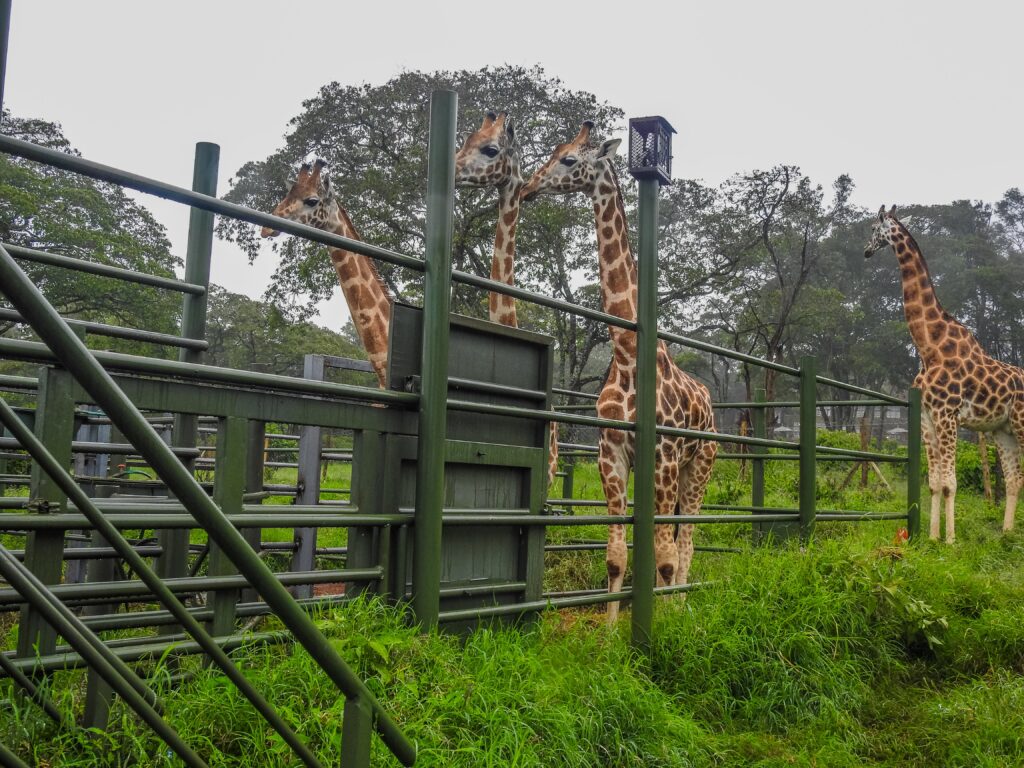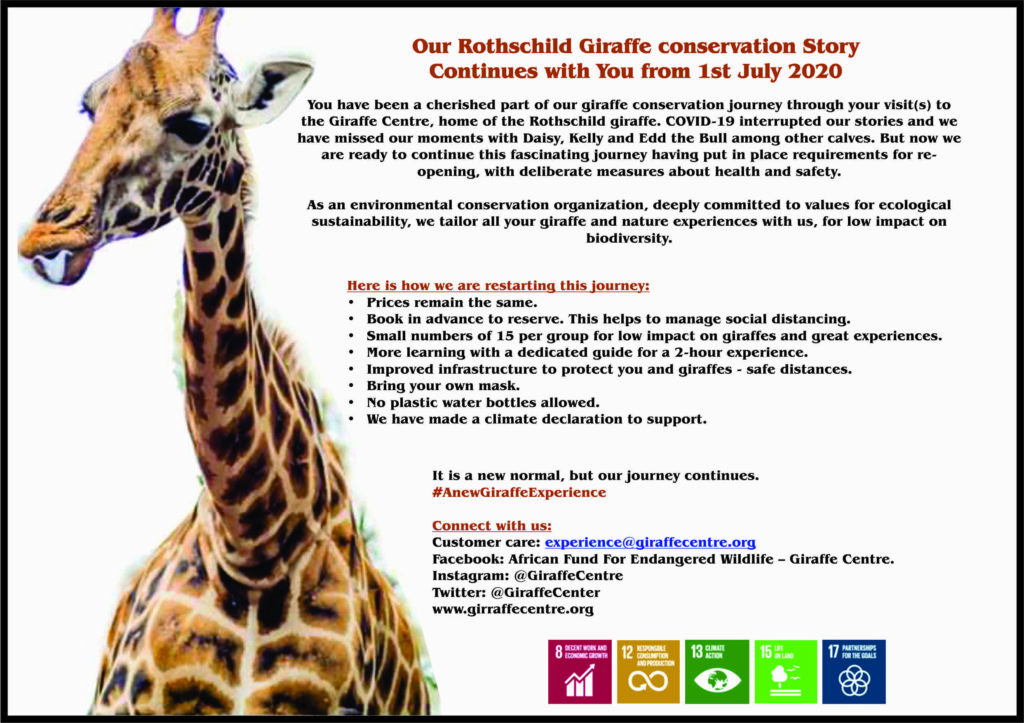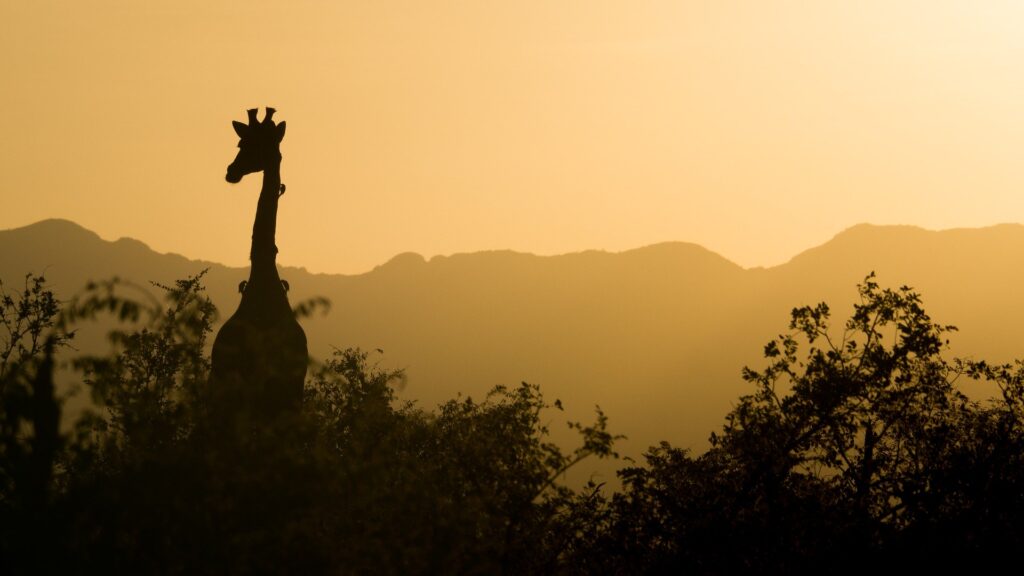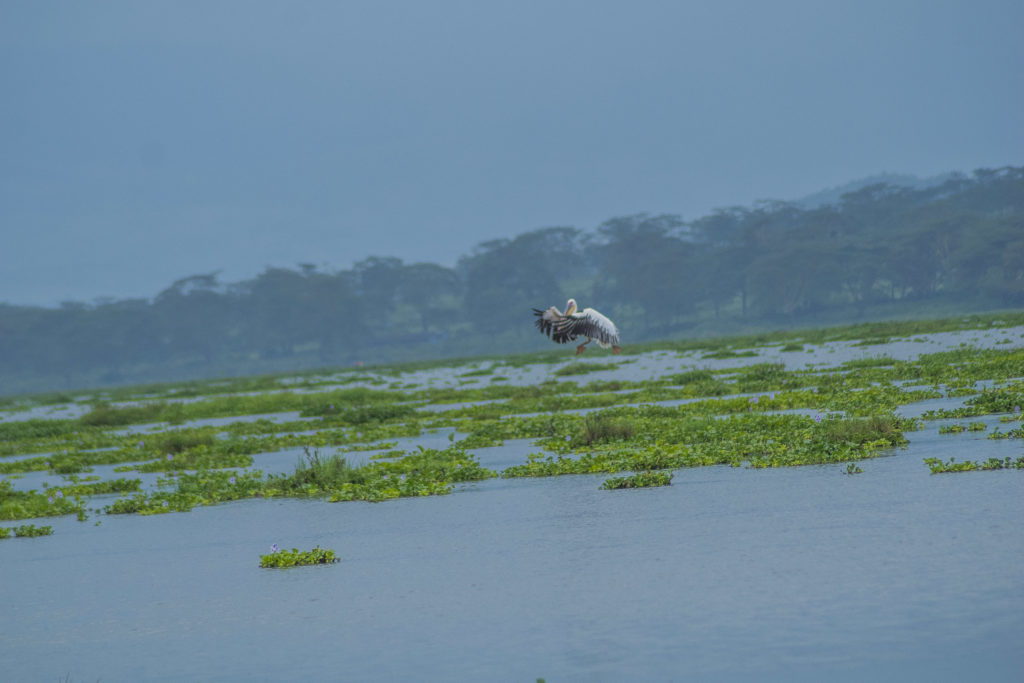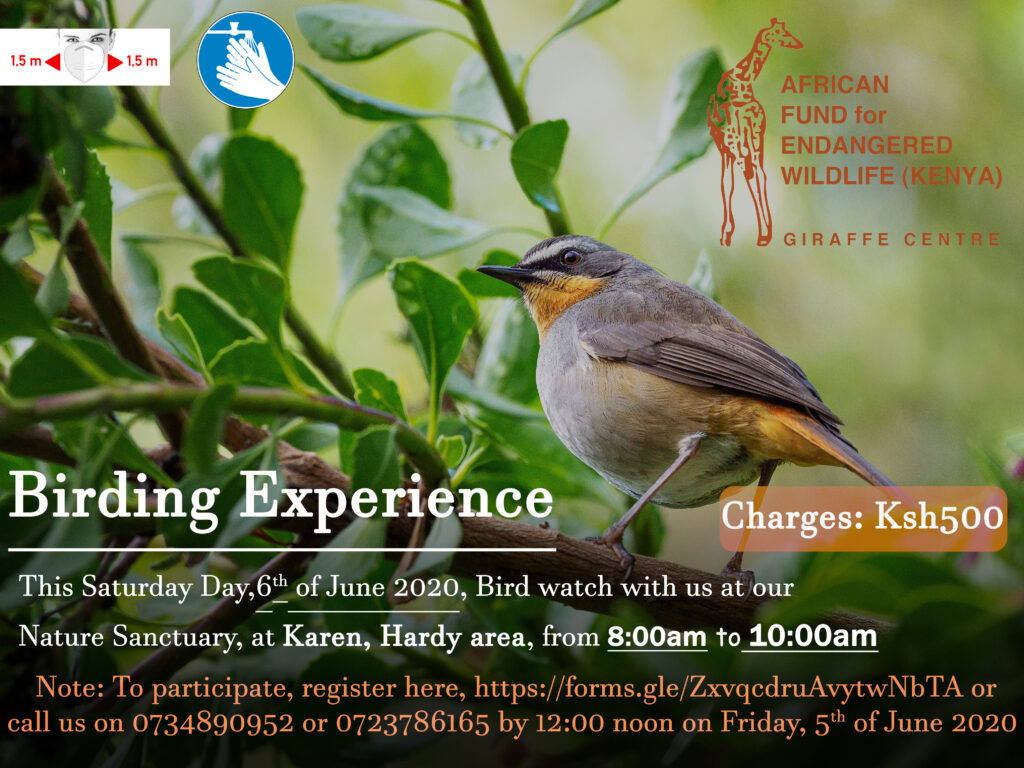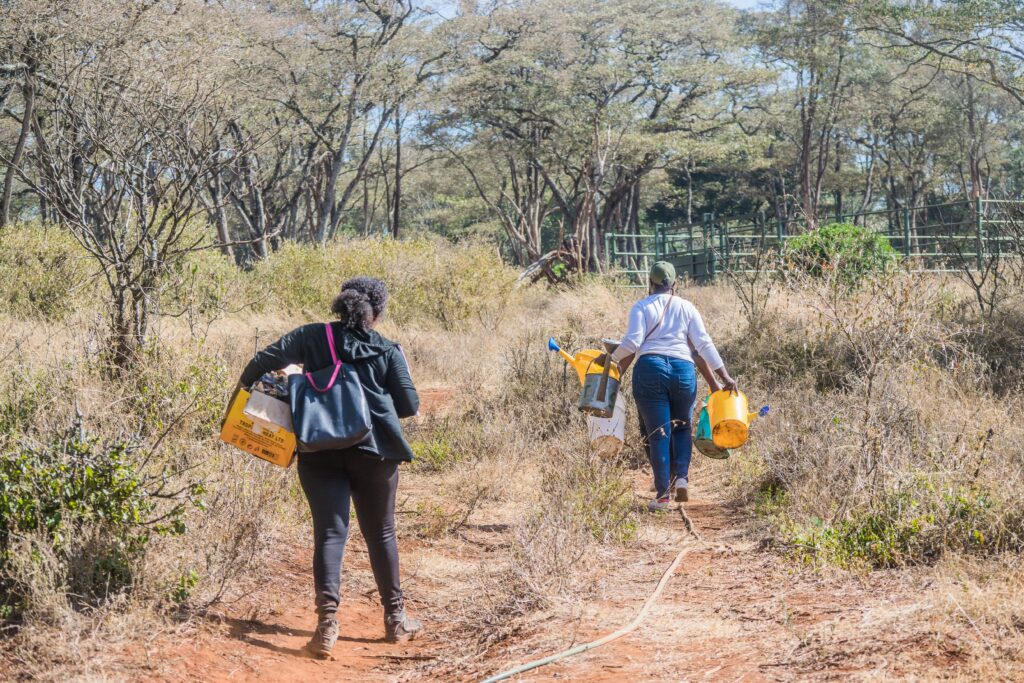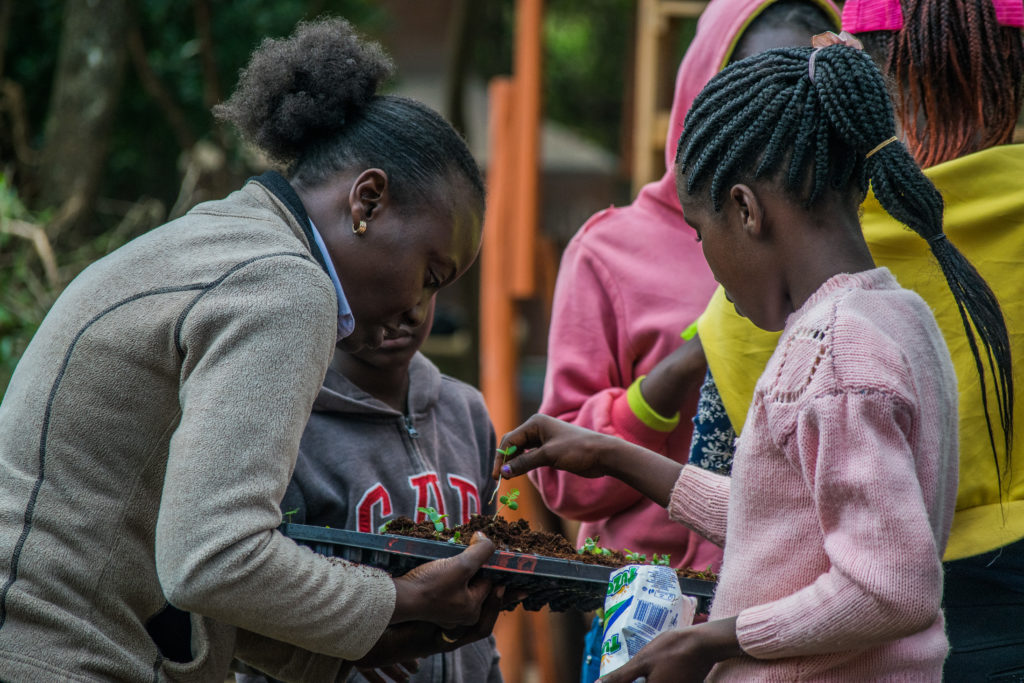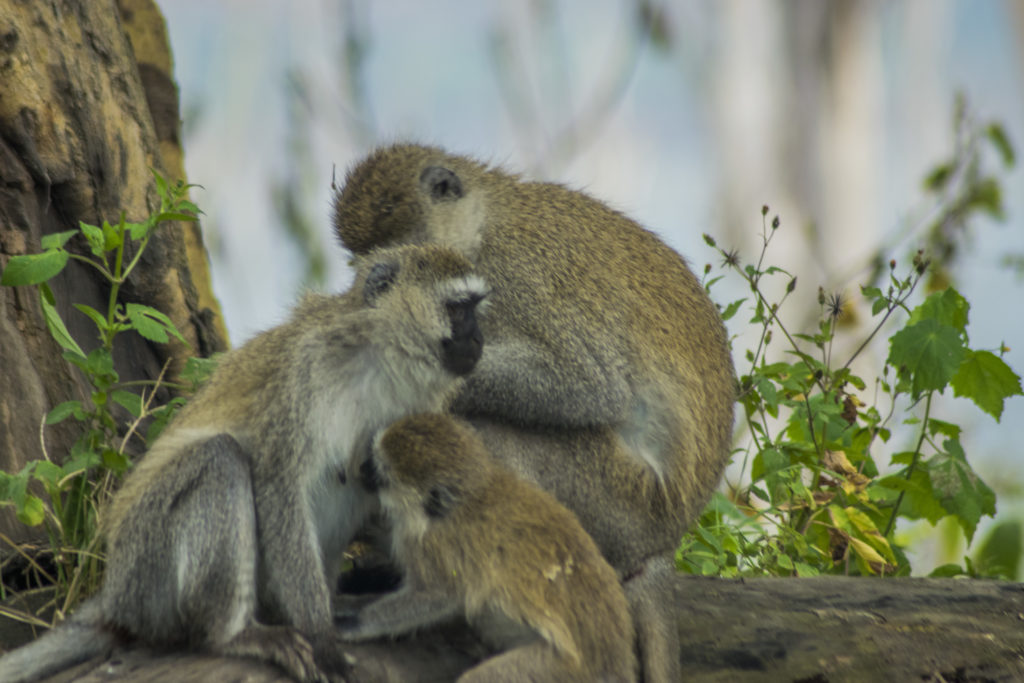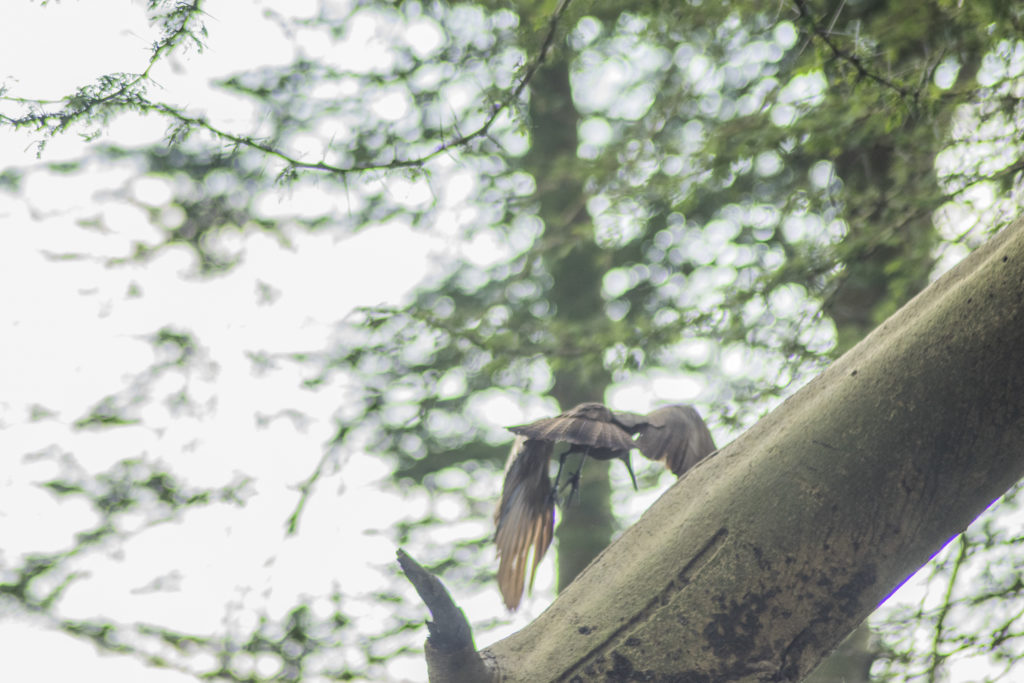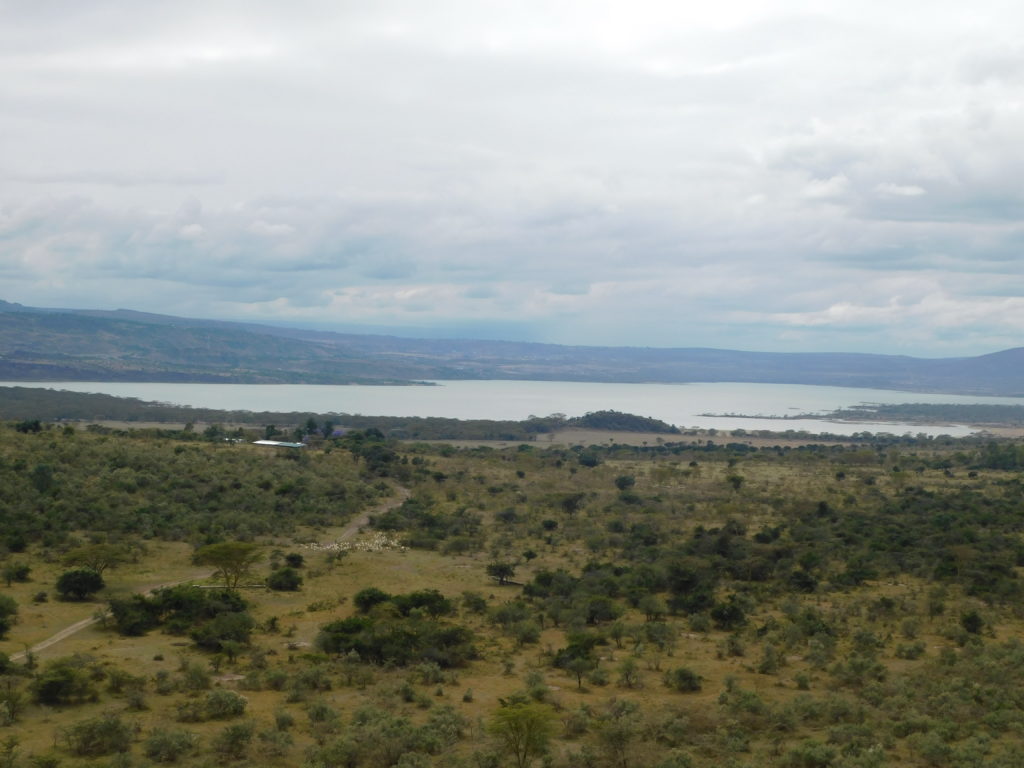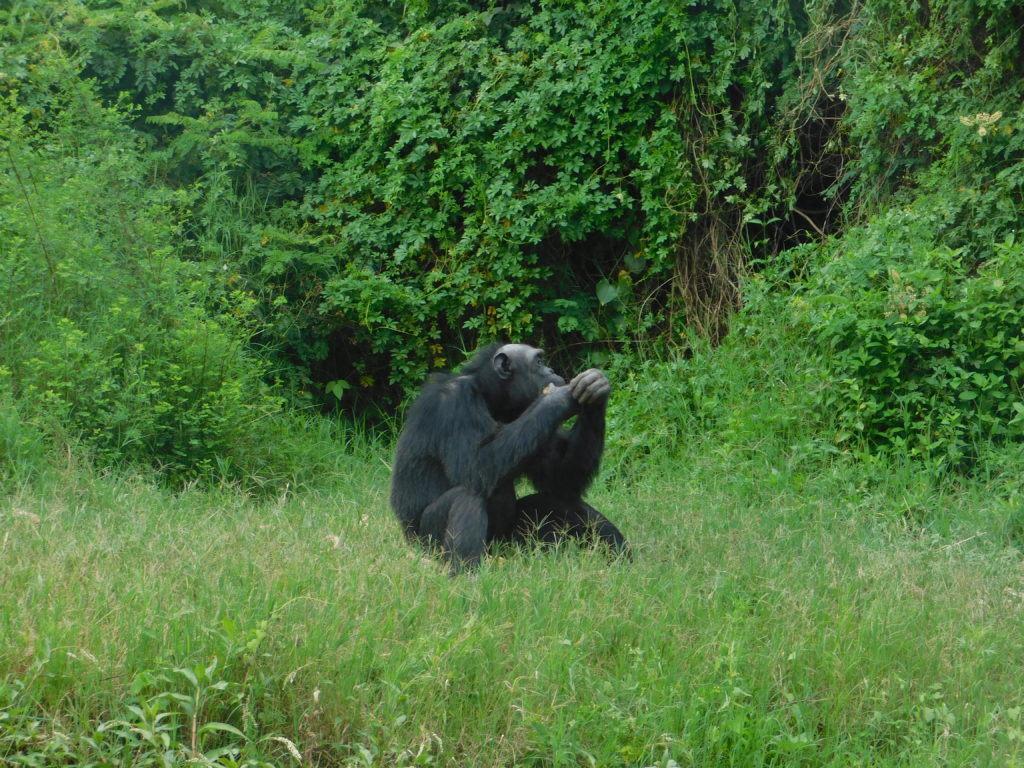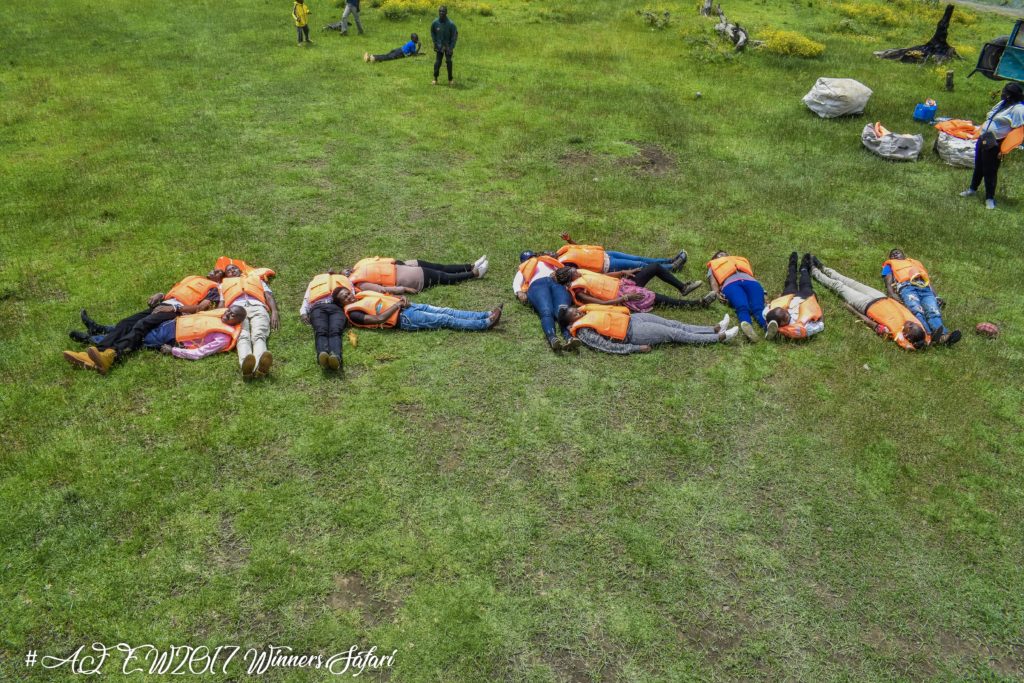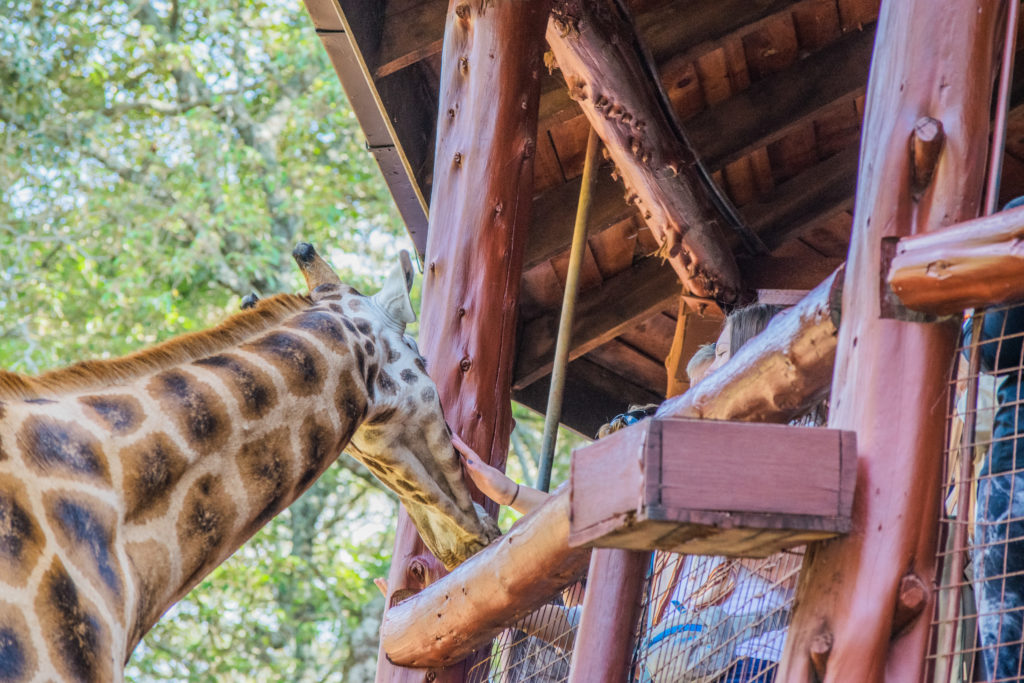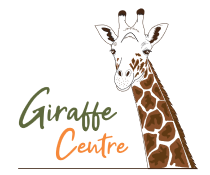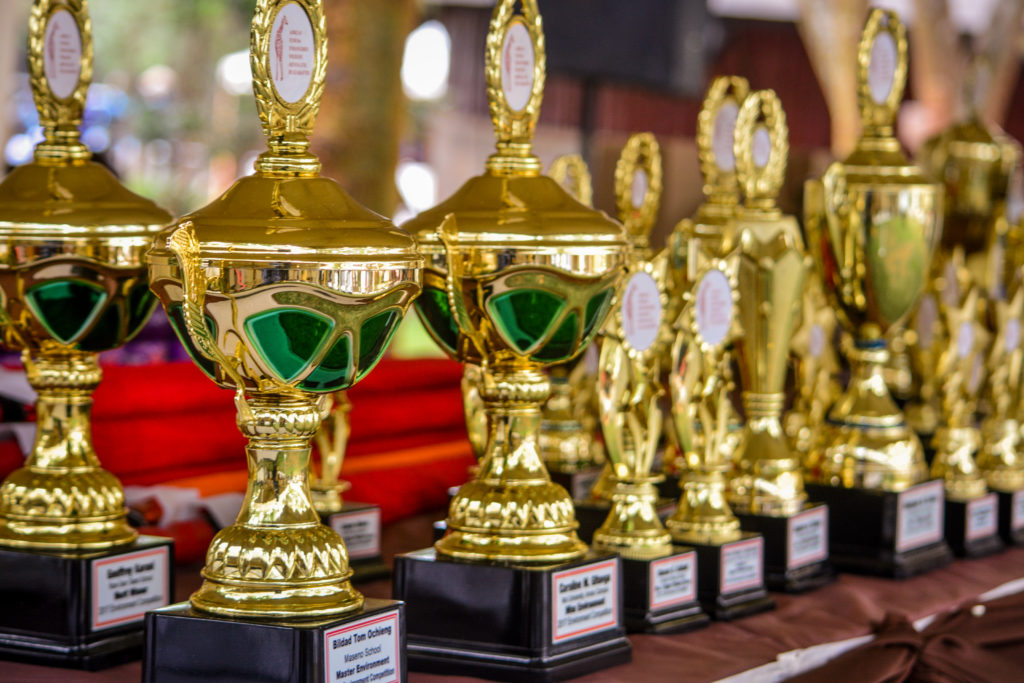
Live and Let Live
What comes to your mind when you hear that phrase?
Talk about a live band singing to the beauty of the African giraffe under a sycamore tree watching the beautiful sunset (ooh yes the sunset has to be there because without it, what Africa are you talking about?)
Maybe the concept is a bit far-stretched, but you get my point. This world would be so lackluster if man were the only species inhabiting it. The beauty of it all that makes living worthwhile is the incessant chirping of birds, the joy of clean air and the smell of the rain. So the idea of us living to uphold another life is more like the Dominos effect- which essentially means that everything we do ultimately affects our coexistence in one way or another.
Our Annual National Environmental Awareness Competition all stems from this concept. As we all know, our world is moving towards a crisis, a crisis of survival and sustainability. So what better way to create awareness on Sustainable Environmental Conservation if not the young generation?
This Friday, 7th June 2019, we see Winners of the National Environmental Awareness Competition showcase their brilliance. Ranging from artwork to excellent essays, we see the ingenuity of every individual’s approach in achieving a common goal of Environmental conservation.
In the spirit of Eid Mubarak, stay tuned as we unleash the Arts in Conservation!
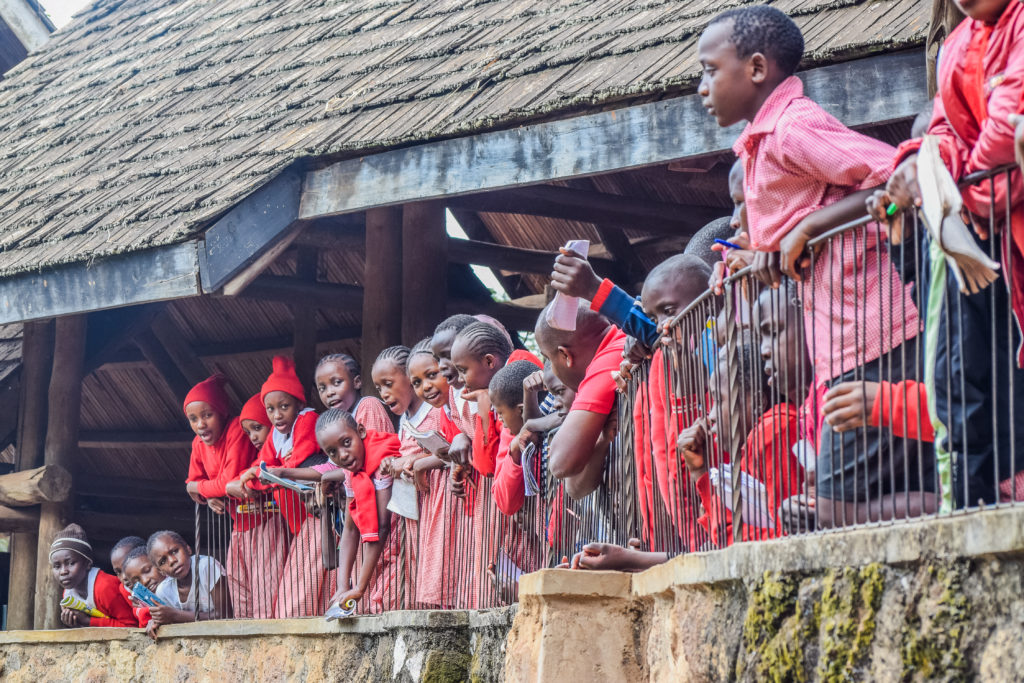
2019 Environmental Competition Results
Every year, AFEW Giraffe Centre gives Kenyan students an opportunity to express their thoughts on a given topic. They do so through essays and art in a highly competitive environmental competition that runs from January to March every year.
This year we’ve seen wonderful entries from students and pupils all over the country.
To know the winners of this year’s competition, please click here.
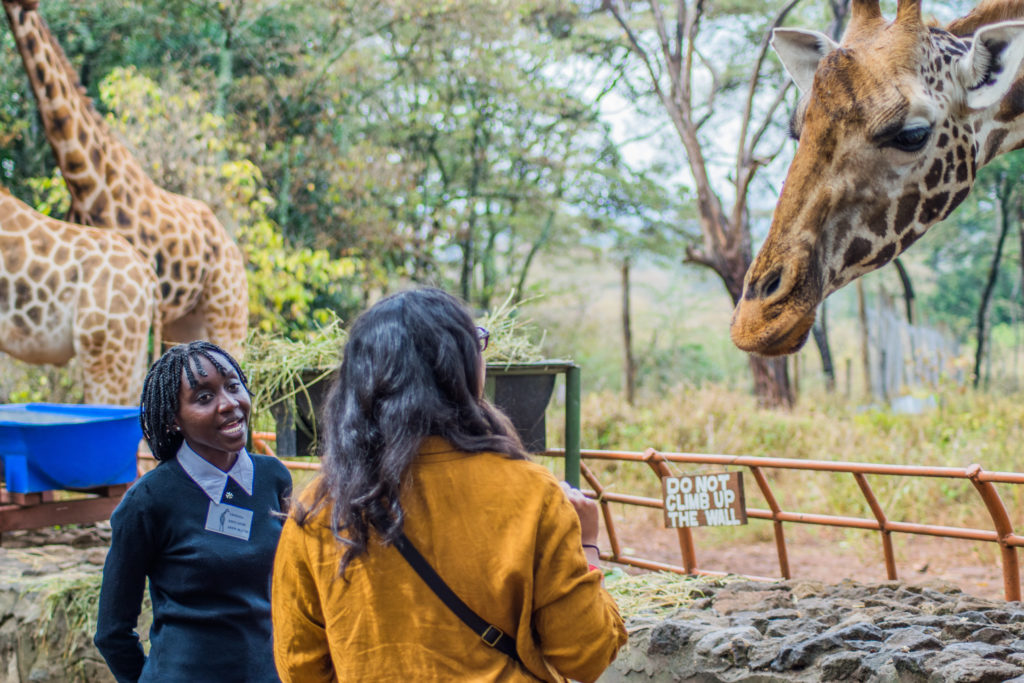
Your Opinion
For the past six months, AFEW Giraffe Centre has made some changes in the delivery of service to you our esteem visitors.
We would like to get your views on our service delivery.
Kindly please fill the survey form . we look forward for your views, comments and reviews
